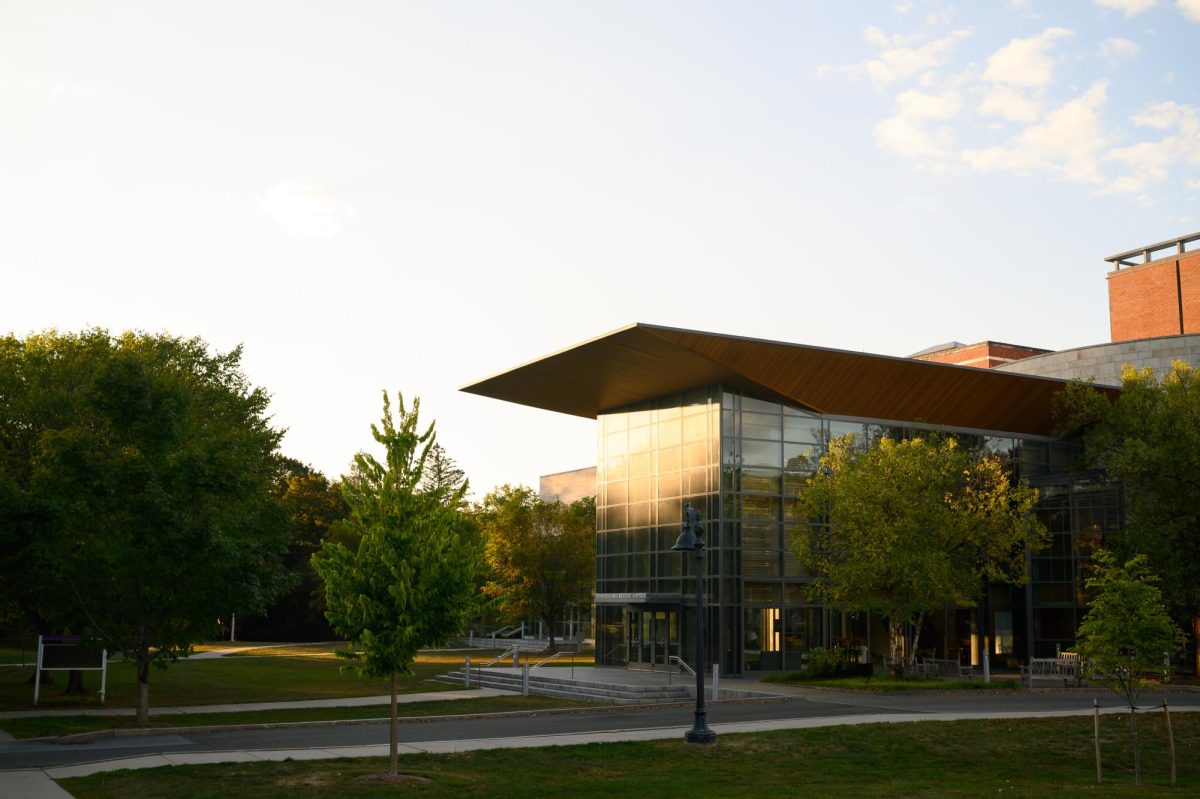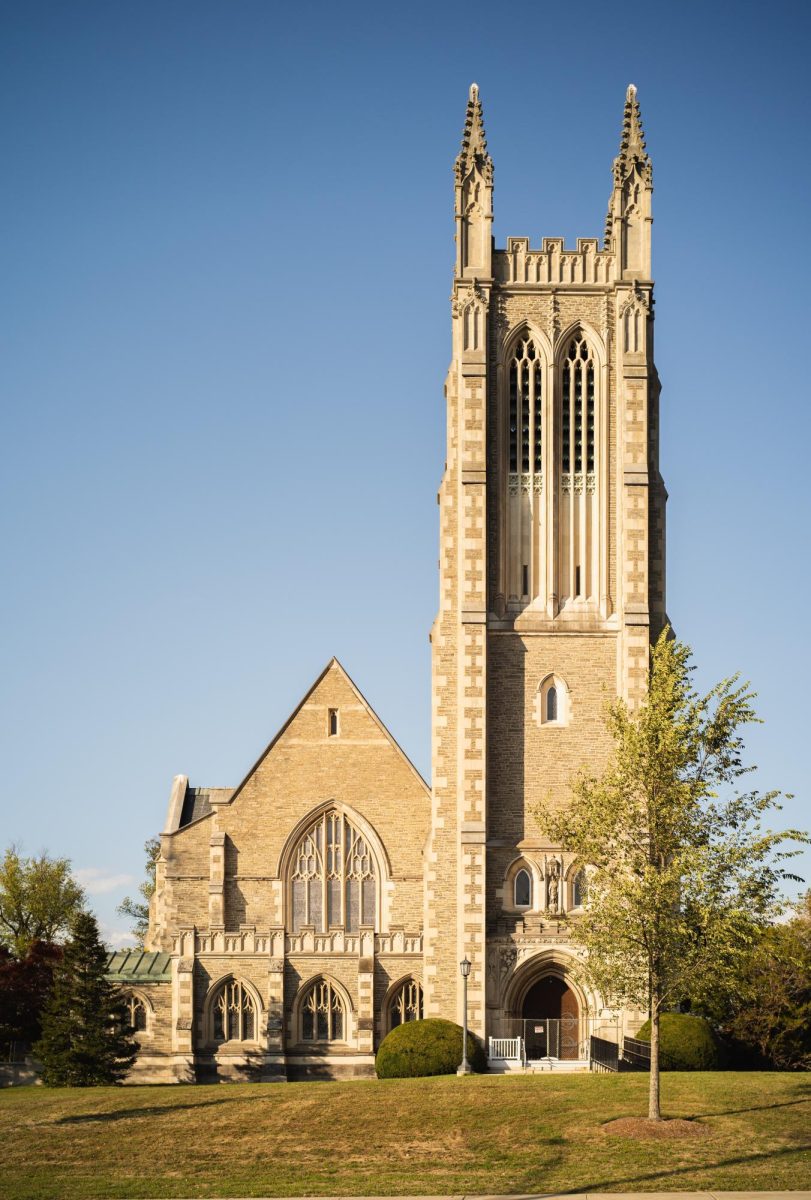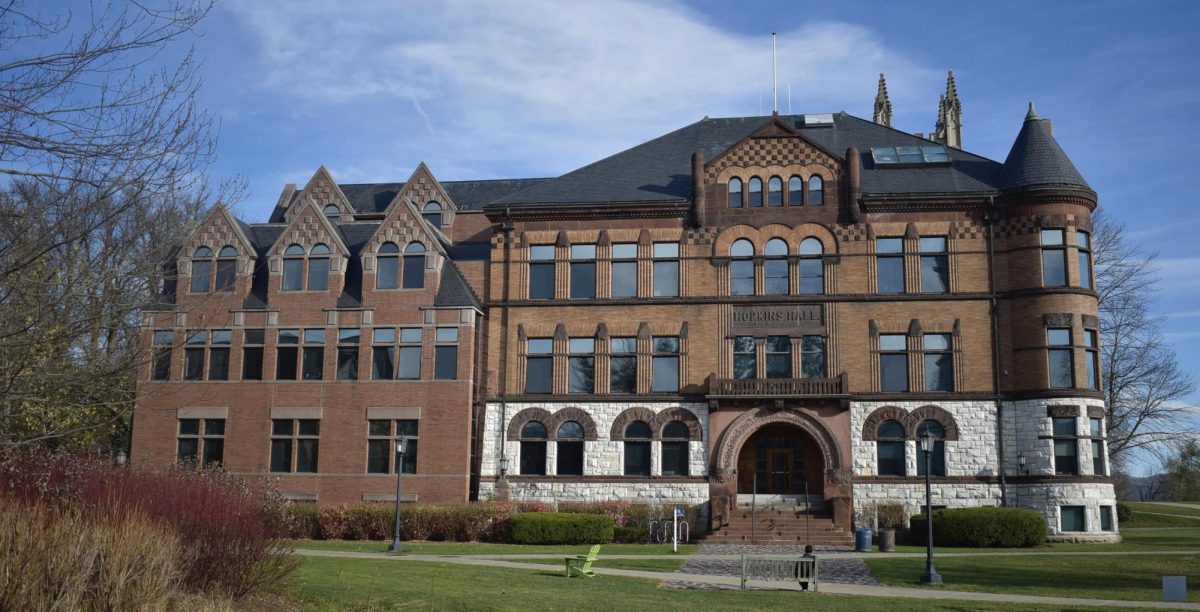
The College received more than $105 million from the sale of a new tax-exempt bond. The funds will be used to finance several campus projects, including the construction of the new Williams College Museum of Art building and the Multipurpose Recreation Center (MRC). The money will also go toward the implementation of the College’s carbon master plan, reimbursements for the construction of the new Davis Center, renovations for dorms and dining facilities, and other smaller capital projects.
The bond was issued on behalf of the College by MassDevelopment (MDFA), a developer and lender that works closely with the Commonwealth of Massachusetts.
The College decided to issue the bond based on the anticipated timelines of construction projects, Vice President for Finance and Operations Michael Wagner wrote to the Record in an email. “It is best to spend the borrowed money on project costs within about two years of the borrowing, so we were waiting for the museum and MRC projects to be underway,” he wrote.
“This is definitely not a recent decision,” he added. “We have been planning to issue bonds for these projects and as part of the College’s long-term financial plans for more than a year.”
The process of acquiring such substantial funds is long and requires the collaboration of a number of independent actors, Wagner explained. Instead of issuing bonds itself, the College uses MDFA as an intermediary, which ensures market confidence that tax-exempt bonds are used for eligible purposes.
“For tax-exempt organizations like the College, MDFA plays an important role in obtaining lower cost tax-exempt financing by ensuring the purpose and structure of the borrowing meets requirements for tax-exempt borrowing,” Wagner wrote. Nonetheless, the College is still responsible for allocating the funds and repaying the bond’s principal and interest.
In addition to MDFA, the College has a number of partners involved in the issuance of bonds. They comprise attorneys from Locke Lord, a financial advisor from PFM Financial Advisors, the credit rating agencies S&P Global Ratings and Moody’s Ratings, and investment banks that identify potential buyers for the bonds and price them on the day of sale. The lead underwriter for the sale was Goldman Sachs, but the College also worked with Bank of America and Ramirez & Co., Wagner wrote.
“Lawyers and investment banks help design the structure of the borrowing (mainly term and principal repayment) and ensure the tax-exempt requirements are satisfied to underwrite and sell the bonds,” Wagner wrote. The College’s financial team must also model the timing of cash flows, monitor market conditions to determine favorability for borrowing, and review plans with the budget and finance committee of the Board of Trustees before ultimately requesting the board’s approval to borrow.
Currently, the College has not approved any additional borrowing measures for its projects. “For the Davis Center, new museum, and MRC we do not expect to need additional borrowing,” Wagner wrote. “Our long-term planning for the energy and carbon master plan, residence hall and dining renewal, and other capital needs does consider the possibility of future borrowing, but the timing and amount of these additional borrowings has not yet been determined nor approved by the board of trustees.”
The College has not issued a debt offering since 2021, when it issued $50 million. The largest bond in the College’s history was issued in 2013. It was valued at $126 million and was primarily used for refinancing, according to Wagner.














